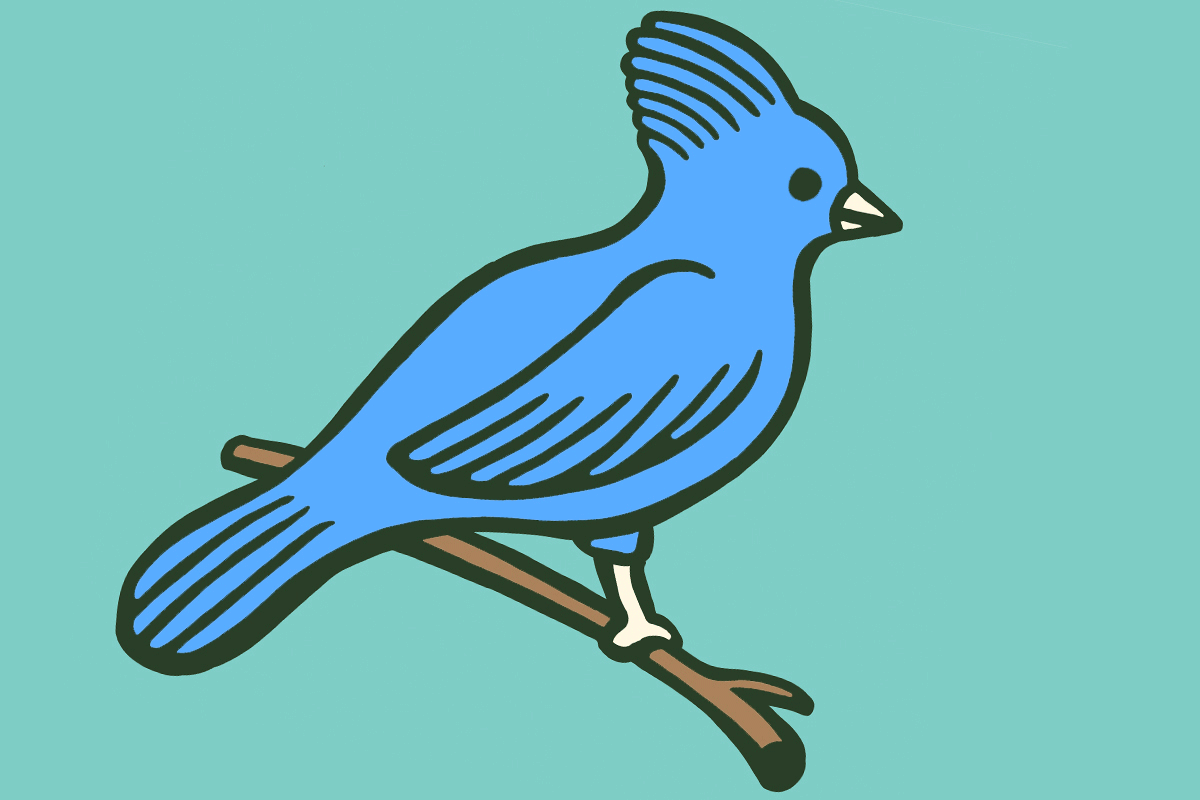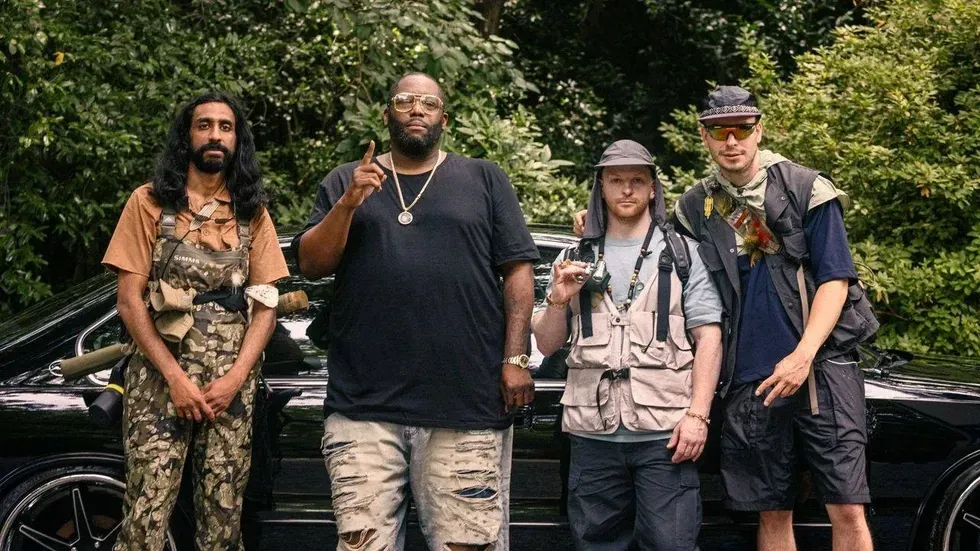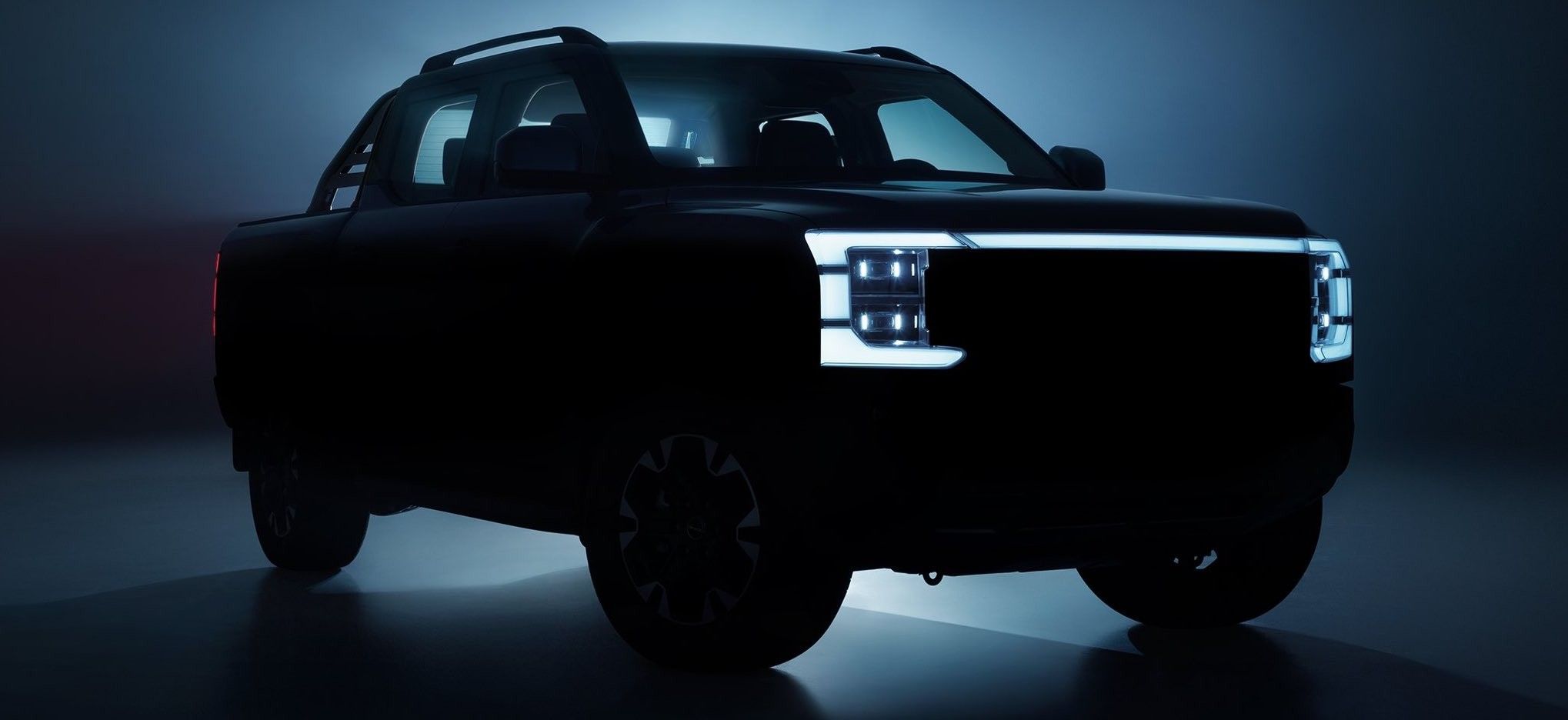When did birdwatching become cool — and why didn’t it happen in time to save me from the middle school nickname “bird boy?”
Truth is, I was fine with the light teasing I received for my teenage fixation on avifauna. It didn’t stop me from decorating the back corner of our biology classroom with clippings about Pale Male (Manhattan’s celebrity red-tail), or from earning a New York state falconry license at the age of 12, or even from watching Canada geese migrate over my high school campus while my peers ogled each other from the bleachers. Still, none of it exactly built my social capital.
That’s why lately, I’ve been delighted to see the cool kids picking up binoculars. The bird boys (and girls) won.
 HBO
HBO
The past few years have seen increased interest in the formerly unsexy act of watching birds go about their business. Birdwatching clubs founded by young creatives are hatching in major metropolitan areas, and downtown fashion brands and high street houses alike are linking up with them for collaboration and clout. Direct-to-consumer brands are disrupting the binoculars industry. Chart-topping rappers are out spotting robins and taking field notes. It’s the beginning of a beautiful new model for tuning in to the natural world (even if it’s still pretty based in consumption).
The coolness of birding was even foreordained. All the way back in 2014, Esquire prophesied that birdwatching was about to have a moment. They were right, if a decade or so early. To take flight, birding needed to tap into a few other trends first.
How birding became useful
The birding trend really began — like so many trends — in the throes of the coronavirus pandemic.
The lockdowns of 2020 prompted something of a renaissance for the animal kingdom, as stifling restrictions on human mobility and commerce allowed nature to briefly exhale. Wild boar roamed the streets of Haifa. Roadkill became more scarce. Without sonar, engine, or construction noise, whale song traveled our oceans unmolested.
Birds thrived, too. For example, city birds, who typically sing louder, less interesting songs than their rural relatives to compete with sound pollution, began performing softer, more intricate melodies.
Newly ordained armchair ornithologists claimed front-row seats to these small operas playing out on their fire escapes and feeders. Binocular sales went up 22% year over year. A major annual bird-spotting event that May saw unprecedented participation from the public.
Lockdowns had made birding useful. Events in the spring would make birding subversive.
How birding became subversive
The most consequential birdwatching story of the year was the fraught confrontation between a white dog walker and a Black birder in the Ramble section of Central Park on May 25, 2020. Later that day, George Floyd was killed by Minneapolis police. The two events exploded simultaneously, one representing how law enforcement makes public space unsafe for minorities, the other how ordinary white people do the same in the outdoors.
A collective called BlackAFinSTEM quickly mobilized #BlackBirdersWeek, and the next month, 17 people gathered at London’s Walthamstow Wetlands for the first outing of Flock Together, “a birdwatching collective for people of colour.” The names of certain species came under scrutiny for racist associations. Though their work is far from done, the creative efforts of activist-naturalists started dispelling the myth that nature is owned by any one community — and gave birdwatching a revolutionary appeal.
How birding became urgent
The world is also becoming more aware of what we’re doing to bird populations.In 2022, 188 countries signed a sweeping agreement pledging, among other things, to conserve nearly a third of our planet’s land and ocean by 2030. As the crowning achievement of the United Nations Biodiversity Conference in Montreal, the accord is the clearest admission yet of the extinction crisis caused by climate change and ecological destruction. Right now, some million species of plant and animal are at high risk of disappearance, a rate unseen since the extinction of the dinosaurs 65 million years ago.
Birds, the closest living relatives of those prehistoric giants, are sensitive organisms, and in North America alone, populations have dropped by more than one quarter — or three billion birds — in the last 50 years. Globally, roughly 48% of surviving bird species are experiencing population decline. If scarcity drives demand, perhaps these tragic figures are also helping lift the world’s eyes to the winged wonder in our midst.
How birding became cool
So how do we know watching birds is finally cool?
There’s evidence in the airwaves, with Flock Together dropping EPs and mixes, using sound “as a means of bringing nature to the people,” as Fader writes. Or we can look to Doja Cat, who joined Rolling Stone staff writer Charles Holmes for an outing in Central Park on the web series Birding with Charles, struggling to reach the binocular eye cups with her formidable lashes. (The HBO series Chillin Island has a similar premise, taking musical icons like Killer Mike, Young Thug, and Rosalía into the wild.)
 Screenshot/Rolling Stone
Screenshot/Rolling Stone
Fashion has also been touched by the avian invasion. Street style website Hypebeast posted “All the Gear You’ll Need for Birdwatching in the City,” and members of Flock Together presenting outerwear by the brand Berghaus. On Highsnobiety, the Flock Together founders modeled Gucci’s collaboration with The North Face, while Feminist Bird Club released a capsule collection featuring leopard print binocular straps with the sustainable prep-skate brand Noah.
Never missing a chance to cash in, the DTC world has brought us Nocs Provisions and its range of affordable optics, while at the more refined end of the spectrum, raptors are increasingly hot accessories in photo and video shoots. Witness Ethan Hawke holding an African hawk-eagle (furnished by my friends at Falconry Excursions) in The Rake last year. Fashion’s ongoing love affair with the outdoors plays a part too, as birders make good models for utilitarian gear. After all, we need cool clothes, too — to brave the brambles.
 Nocs Provisions/REI
Nocs Provisions/REI
In my own circle, I’ve been glad to see friends turn on to birding, some even starting to cultivate native plants in their gardens to make their properties more hospitable, as recommended by experts (even if our warming planet is scrambling what native gardening means).
As for me, I’m interested in the ways this phenomenon might permeate less glamorous parts of modern life. Perhaps somewhere soon, a middle-school bird boy will finally find the courage to ask their crush on a date to see the barn swallows make their spring migration, together.
Sign up for Heatmap Daily to receive our best articles directly in your inbox:





 HBO
HBO Screenshot/Rolling Stone
Screenshot/Rolling Stone Nocs Provisions/REI
Nocs Provisions/REI


 BYD
BYD


